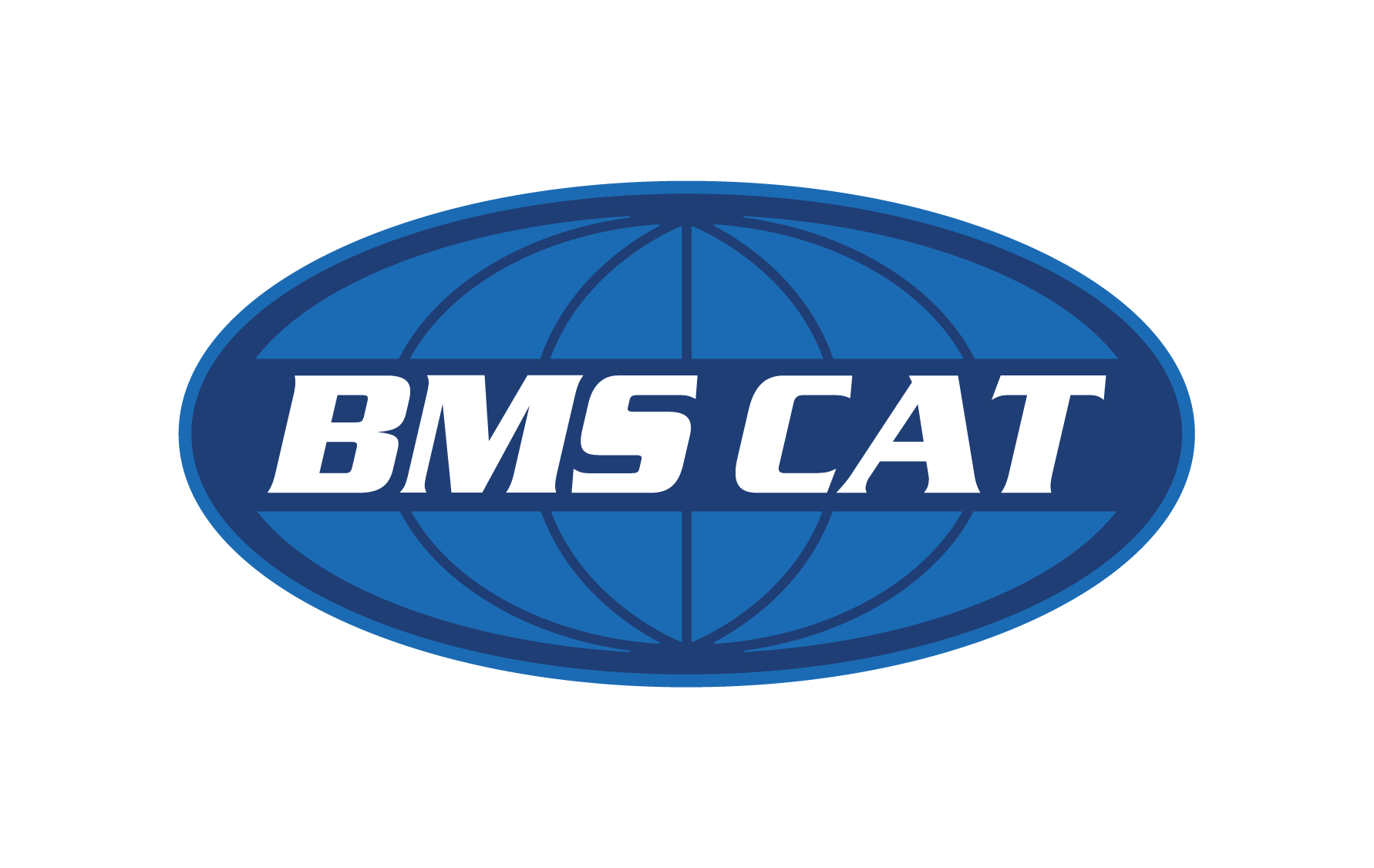Storms are some of the most common and costly natural causes of damage to property and possessions, damage which can sometimes cost millions of dollars to undo. Storms often occur suddenly and with little to no warning, catching people off guard and causing preventable damage to property, possessions and fixtures.
However, there are several preemptive and reactive steps you can take to improve the storm damage restoration process, preventing losses from future storms and ensuring you are prepared to quickly and efficiently address unavoidable damages.
Steps to Help Ensure your Home or Business Gets Back to Normal Quickly
Step 1: Secure Valuable Documents, Electronics and Other Possessions in Safe, Sturdy Locations
The ideal way to deal with storm damage is avoiding it entirely through preemptive steps. Crucial documents are typically the first to suffer, as they are extremely susceptible to water and easy to lose in the heavy winds that storms, tornadoes or hurricanes bring.
It’s best to secure valuable documents such as certificates, contracts, invoices, order sheets, confidential records and others in a secure location such as a fireproof lock box or commercial-grade safe. It is also wise to take precautionary measures and ensure any and all important electronic documents are backed up to secure, reliable sources online or network-attached storage options.
Banks are secure locations that not only maintain strict security to remain compliant with state and federal regulations but are designed to remain sturdy and nearly impenetrable. Securing important valuables in safety deposit boxes within the bank’s vault ensures your personal items remain safe and free of damage.
Another important preventative measure is keeping the key fixtures of your property repaired and well maintained. Fixing exterior features such as broken gutters, broken or cracked foundations, roof damage and dysfunctional sump pumps can prevent storms from exacerbating current issues. Repairing internal fixtures such as door frames, leaky windows and the doors themselves is crucial as well. If you know storm season is approaching, it’s best to evaluate your fixtures and see if anything needs to be restored or replaced. Being proactive and keeping your home or business storm-ready can save you thousands of dollars on future repairs.
Step 2: Repair Damage Immediately After a Storm, Hurricane or Tornado Occurs
It’s not always easy to be proactive regarding storm preparation, as daily life and other tasks take precedence or simply get in the way. Even though a storm may have cleared, another one might be right behind it. It’s best to check forecast services to ensure the storm system has thoroughly cleared for the time being and that it’s safe to start renovations or large repair projects, especially during a tornado and hurricane seasons. Attempting to repair your home or business when another storm is approaching is a potential way to waste money and can catch you unprepared in the midst of making repairs, leaving already damaged structures even more vulnerable.
The next step is to quickly assess your property for potential damage. Some damage may be obvious, such as large leaks, ripped or torn sidings, broken or cracked windows and flooding. However, the truly damaging elements of storms may often go unseen.
If you’ve endured a particularly rough storm, it’s best to consider consulting professionals to examine your building, especially if strange odors arise or you begin to notice mold spotting. Mold isn’t always visible as it can grow in carpet mats or behind drywall if water damage has occurred. A professional storm restoration crew should know exactly where to look and what to look for. Additionally, they can recommend a certified mold specialist that possesses the testing equipment to check the indoor air for spore concentration which could indicate hidden mold growth.
Step 3: Choose the Right Storm Restoration Services
Choosing the right storm restoration service may seem like a straightforward process, but it’s easy to end up spending more money than you should on a particular service or make the mistake of choosing a provider that touts itself as reputable when it’s really not.
A professional, trustworthy restoration service provider will value timeliness, transparency and thorough documentation of what each service includes and the charges that come with them. Additionally, many damage restoration contractors offer free estimates or evaluations. However, untrustworthy services can also make these promises and offer similar types of deals with sub-par services. If a quote sounds too good to be true, it likely is.
You can identify dishonest storm restoration providers by looking for certain key indicators. Do they have any endorsements from a reputable source like the Better Business Bureau? If the service lacks any accreditation from industry organizations, proceed with caution. It would also be wise to check their reviews online to see if past customers had issues with them.
Upon checking reviews, you can begin to make an informed decision regarding which restoration company you would like to work with. It’s also a good idea to compare prices for the same services with industry competitors. In the long run, it’s better to pay the standard price with a reliable company compared to a company promoting extremely low prices for their services, as their execution is probably mirrored with such pricing.
Partnering with an experienced restoration company means you can rest assured that they have the right people and equipment to provide consistent and reliable results.
BMS CAT offers comprehensive services delivered by a team of fully-equipped restoration experts. We firmly believe in doing the job right the first time and understand the urgency when storm damage occurs. When you work with us, your valued belongings will be secured during the restoration process.
Don’t hesitate to contact our 24-hour call center at [bpl_main_phone] to discuss how we can help you prepare for future storms or to schedule an evaluation for repair services resulting from storm damage.
